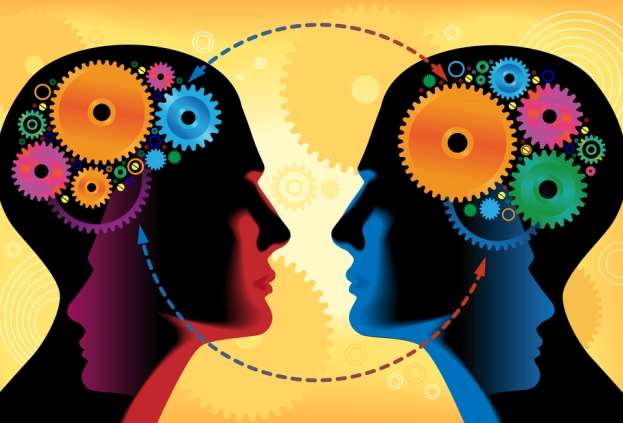Scientists discover asymmetry of connections between left and right hippocampi and other areas of the brain

Having applied new neurocognitive and mathematical approaches, a group of Russian scientists has described an interaction between the hippocampus and other important areas of human brain for the first time. The results of work have been published in the journal Frontiers in Human Neuroscience.
Scientists have researched processes of memory and spatial orientation in the hippocampus, a conjugated structure in the medial crotaphic cerebral hemispheric region.
The researchers studied effective connections between the left and right hippocampal regions of the human brain with main structures of the default mode network, active during the conscious resting state. The default mode network includes the medial prefrontal cortex (MPFC), posterior cingulate cortex (PCC), and the inferior parietal cortex of the left (LIPC) and right (RIPC) hemispheres.
30 healthy subjects took part in the research (10 males and 20 females), all right-handed, aged 20 to 35 years. In the resting state, the researchers recorded functional magnetic resonance tomography (FMRT) of the subjects. To calculate effective relationships, they applied spectral dynamic causal modeling (DCM). The main idea of this method is to evaluate the parameters of a biologically based model of brain neural network interaction so that it best predicts the FMRT data observed in the experiment.
Scientists conducted three DCM analyses, verifying predictions of about 3,000 quantitative models. The first two analyses identified interactions between areas that included four key structures of the passive brain network in addition to the left and right hippocampus. The third analysis was a virtual neurosurgical experiment to determine the potential consequences of removal of one of the key structures of the human brain.
The study of effective (cause-effect) connections of the human hippocampus to other important structures of the brain was carried out for the first time. "We found evidence of a pronounced asymmetry in the work of the left and right hippocampus, which was completely unknown from previous studies conducted on animals. In general, the left hippocampus is more active than the right, interacting with the other brain structures. Apparently, this is due to the fact that speech mechanisms in humans (in 97% of right-handers and 75% of left-handers) are localized in the left hemisphere. But the right hippocampus has its advantage: It receives information from both intermodal centers, LIPC and RIPC, which serves as the basis for a holistic view of the environment. The left hippocampus, on the other hand, receives information only from the LIPC, so its knowledge about the environment is limited to the right half-space," said project manager Boris Velichkovsky.
"An analysis of effective connections allows us to determine the architecture of neural networks," said Vadim Ushakov, senior research fellow at the Cybernetics Department of the ICIS MEPhI.
He noted that such asymmetry of effective hippocampal connections explains one of the most frequent disorders of consciousness caused by local brain lesions, namely, left-sided space hemineglect in patients with lesions of the right hemisphere. A patient with this condition will, for instance, ignore food located on the left side of the plate at meal times, or, preparing for medical examination, shaves only the right half of their face. As a rule, traumas of the left hemisphere do not lead to similar loss of perception of the right half.
According to Vadim Ushakov, the study allows for a more holistic understanding of the work of the neural networks of the brain in order to provide a basic level of consciousness. In medical practice this serves as a good help for an accurate diagnosis of the functionality of the brain.
More information: Vadim Ushakov et al. Dynamic Causal Modeling of Hippocampal Links within the Human Default Mode Network: Lateralization and Computational Stability of Effective Connections, Frontiers in Human Neuroscience (2016). DOI: 10.3389/fnhum.2016.00528





















